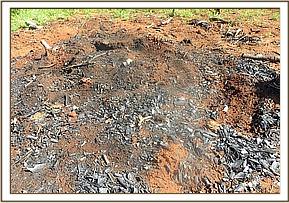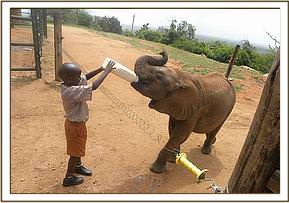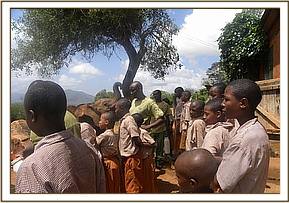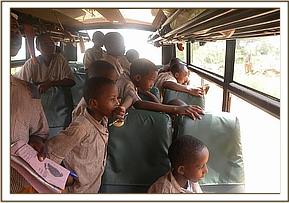Simba Team Ziwani Update: 01 March 2010
Participants:
Nicodemus Kivindyo-Team Leader John mungai Adan Abdi Boru Okichi Joshua Muthoka
2 KWS Rangers
Areas covered
During the month of March the Ziwani team conducted its de-snaring activities at the following areas: Taita Wildlife Sanctuary, Kishushe Ranch, Mwatate Sisal Estate and Mgeno Reserve. Findings
The Team retrieved a total one hundred and thirty (132) snares all of which targeted big game. Most snares retrieved were set underground targeting wildlife moving through the Estate. This tactic of snaring is common in the area and is a more efficient way of snaring as it targets the legs and as such keeps the trapped animal alive longer and gives the Poacher a more fresh catch. It is also much harder to see these hidden snares and are hence more effective. This method was recently copied by poachers around the Taita Wildlife Sanctuary from the Mwatate Sisal Estate and is a worrying trend as it may spread to other areas.
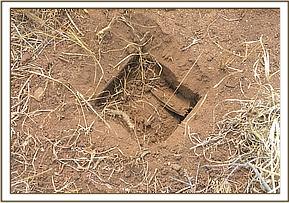
The team arrested three poachers at Mgeno Reserve who were in possession of bush meat from a Lesser Kudu weighing about five kilos. The poachers had sold the rest of their meat at the market that same day and kept the remains for their own use. Charcoal burning activities was sighted at Kishushe Ranch.
Observable Evidence
The April rains started earlier than usual in the Teams areas of operation, making Patrols difficult at times. On the positive side, the vegetation is beginning to thrive and recover from the drought. The wildlife too has begun to recuperate from the terrible prolonged drought Kenya had endured.
Despite the arrival of the long awaited rains, the poaching tread is continuing to persist at an all time high in certain areas such as Taita Wildlife Sanctuary. Last month saw a lot of illegal activities in this area and this month was no different. A total of 109 snares were collected & many poachers’ tracks were seen.
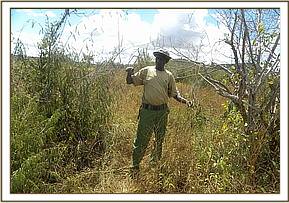
Taita Wildlife Sanctuary This area provides habitat for a wide variety of species ranging from small to large mammals, invertebrates, reptiles, as well as birds. The team carried out intensive patrols following last months high levels of illegal activities experienced. The team retrieved one hundred and nine (109) snares all targeting big game, with most of them set underground. A sack to collect meat harvested was found near freshly set snares, an indicator that the poacher was sure of a good catch which could be quickly carried to the Market for sale.
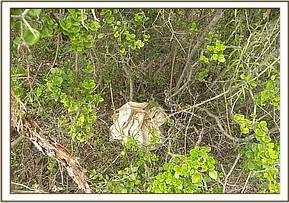

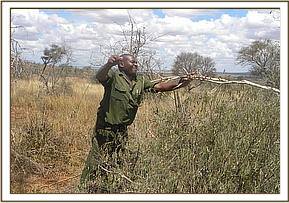
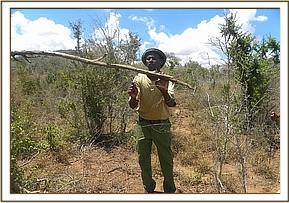

These areas border each other and the wildlife freely moves to and fro making it important to concentrate patrols in both. The Team got some important information from a regular informer and hence planned an ambush together with KWS in attempt to catch some notorious poachers operating in the area. Following a long ambush which lasted over 5 hours the Team apprehended & arrested three poachers all in possession of game meat as they were making their way back from the illegal bush meat market.


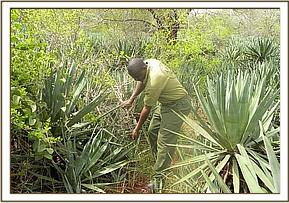

Kishushe Ranch This Ranch borders the southern part of Tsavo West National park and serves as an important wildlife corridor from Tsavo East to Tsavo West as well as to Tanzania and back. Like most of Kenya, the ranch too has flourished with the arrival of the rains and wildlife has gathered in the area to feed, making them vulnerable to poachers as they exit the Parks. Thankfully very little poaching activities were seen, charcoal burning on the other hand is a major problem. This causes deforestation and massive destruction to the vegetation and as such destroys important habitats for wild animals. It is also an unsustainable practice as old indigenous trees are destroyed and never re-planted.
